Ireland is a country that is rich in culture and tradition, and alongside that goes tales and folklores of legends that often involve mythological Irish creatures. Some are quite famous like the banshee, and some are not. In this guide I am introducing you to a few Irish mythological creatures, some you may have heard of and some you may not.
Fascinating and Scary Irish Mythological Creatures
Irish folklore often involves tales of unlikely heroes, struggles against evil, and may often include Irish mythology creatures.
There are some creatures in Irish mythology that are quite famous such as the banshee and the leprechauns. But there are others that even I have not heard of before. In this post, I am sharing what I have learned about these folklore tales and the Celtic mythology creatures that are woven into these stories and legends.
This is by no means an exhaustive list of Irish mythological creatures but includes some of the most famous and more interesting ones.
Before we look at individual mythological creatures found in Irish folklore, I should point out that many of the creatures featured are fairies, either from the Aos sí, or Daoine Maithe. They are descendants of either fallen angels (latter) or from the Tuatha Dé Danann (the former, a supernatural race in Irish mythology). The Aos sí are referred to as the people of the mounds as they typically live in fairy rings, forts, and mounds.
They are generally human-like with the exception of the likes of Puca and Mermaid. They have supernatural abilities and varying temperaments and will treat others with kindness if respected and with contempt and cruelty if mistreated.
Fairy-type creatures featured below include the Aobhartach, Banshee, Ellén Trechend, Fear Gorta, Leprechaun, Merrow, and Púca.
Scary Irish mythical creatures
Banshee
Let’s start with one of the scariest, the Banshee.
When I was a pre-teen and newly returned to Ireland with my parents after many years abroad, I hadn’t come across many mythical Irish creatures. My parents never really told us Irish tales, so I wasn’t aware of them. But I was soon educated in school about one of the scariest of all.
The Banshee is a female spirit in Irish folklore that is said to be an omen for the death of a family member with her wailing/screeching/lamentful song. She is often called the woman of the fairy mound.
The word banshee comes from the Irish bean sí meaning the woman of the mounds. She can have many appearances including a beautiful young woman, a stately matron, or an old hag, with the latter being the most common. It is said she is dressed in a grey or white hooded cloak and with long silver hair through which she runs a comb.
While some have said they have seen her, others have often not, instead hearing her mourning cries nearby.
She is also most often associated with the main Irish families of O’Neill, O’Connor, O’Brien, O’Grady, and Kavanagh, although other families have claimed to have heard and seen her.
This Irish mythological creature was the one that filled my youth with terror, and I prayed often that I would never see nor hear the banshee. She is one of the more intimidating fairy creatures from Irish folklore and similar creatures can be found across other Gaelic folklore such as in Scotland and Wales.
Read my more in-depth post to discover more about what a Banshee is.
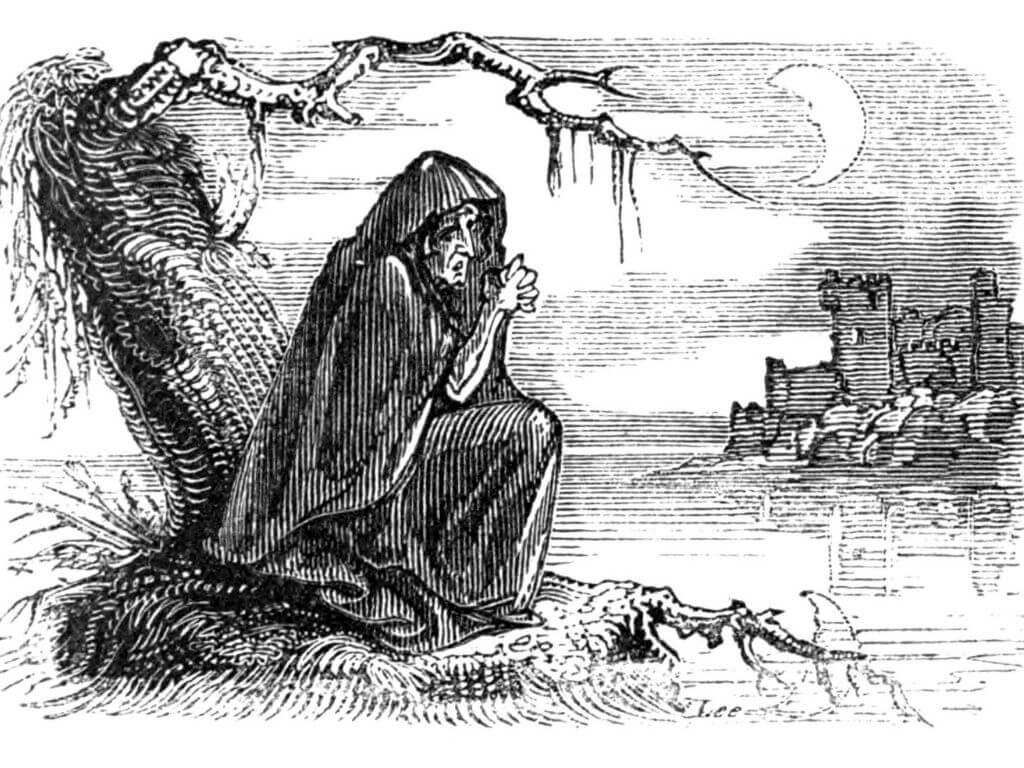
Abhartach
Abhartach is an Irish word for dwarf. It is said he was an evil dwarf and became an undead vampire who roamed Northern Ireland at night and drank the blood of his victims. It is said the Abhartach was a possible inspiration for Bram Stoker’s Dracula story.
There are a few tales about the Abhartach and about this Irish mythical monster. The earliest mention of the Abhartach is believed to have been in the 1875 story by Patrick Weston Joyce (The Origin and History of Irish Names of Places). Joyce tells of a magical dwarf who was also a tyrannical ruler in Derry, Northern Ireland. After learning all he could from a druid, he returned after a sudden disappearance as a sorcerer, committing terrible cruelties on those who opposed or mocked him.
Fionn Mac Cumhaill (of the Giant’s Causeway tale) is said to have confronted him in an effort to stop his cruelty and tyrannical ways. He killed Abhartach and buried him standing upright, to stop him from returning undead in any form.
However, he returned the very next day and reigned terror on the people of Ireland at night, drinking the blood of his victims. It wasn’t until Fionn Mac Cumhaill killed him for the third time and buried him standing upside down, that the Abhartach’s reign of terror ended.
There is a place in the parish of Errigal in Derry, called Slaghtaverty, but it ought to have been called Laghtaverty, the laght or sepulchral monument of the abhartach [avartagh] or dwarf (see p. 61, supra). This dwarf was a magician, and a dreadful tyrant, and after having perpetrated great cruelties on the people he was at last vanquished and slain by a neighbouring chieftain; some say by Fionn Mac Cumhail. He was buried in a standing posture, but the very next day he appeared in his old haunts, more cruel and vigorous than ever. And the chief slew him a second time and buried him as before, but again he escaped from the grave, and spread terror through the whole country. The chief then consulted a druid, and according to his directions, he slew the dwarf a third time, and buried him in the same place, with his head downwards; which subdued his magical power, so that he never again appeared on earth. The laght raised over the dwarf is still there, and you may hear the legend with much detail from the natives of the place, one of whom told it to me.
Joyce, The Origin and History of Irish Names of Places
Another, more Christian version follows a similar story, where the Abhartach fell to his first death when scaling a castle wall when trying to catch his wife in an adulterous situation. When being slain after rising from the dead by a hero called Cathain, he was killed with a sword made of yew wood.
There is actually a dolmen near the Abhartach’s hometown of Slaghtaverty in County Derry with a flat top under a hawthorn tree, believed to be the grave of Abhartach. Locals give this a wide berth, particularly at night. No matter which tale you choose to believe, the tale of the Abhartach is a scary one and is the stuff of nightmares in Ireland, a story I am glad I wasn’t aware of as a child.
The female equivalent is the Dearg Due, who stands in the shadows of the Abhartach and is less well known. She is said to be a cunning vampire and seduces men before draining them of their blood.
Ellén Trechend
When it comes to Irish folklore monsters, the three-headed Ellén Trechend is a slightly less scary one than others. It has taken many forms, depending on who is telling the tale.
This mythical creature is said to have lived in the cave of Cruachan at Rathcroghan, Co. Roscommon, and after it emerged it laid Ireland to waste until it was slain by the Ulaid poet and hero Amergin.
While trechend means three-headed, ellén is more difficult to interpret. The creature has been described as a three-headed bird and a three-headed fire-breathing monster.
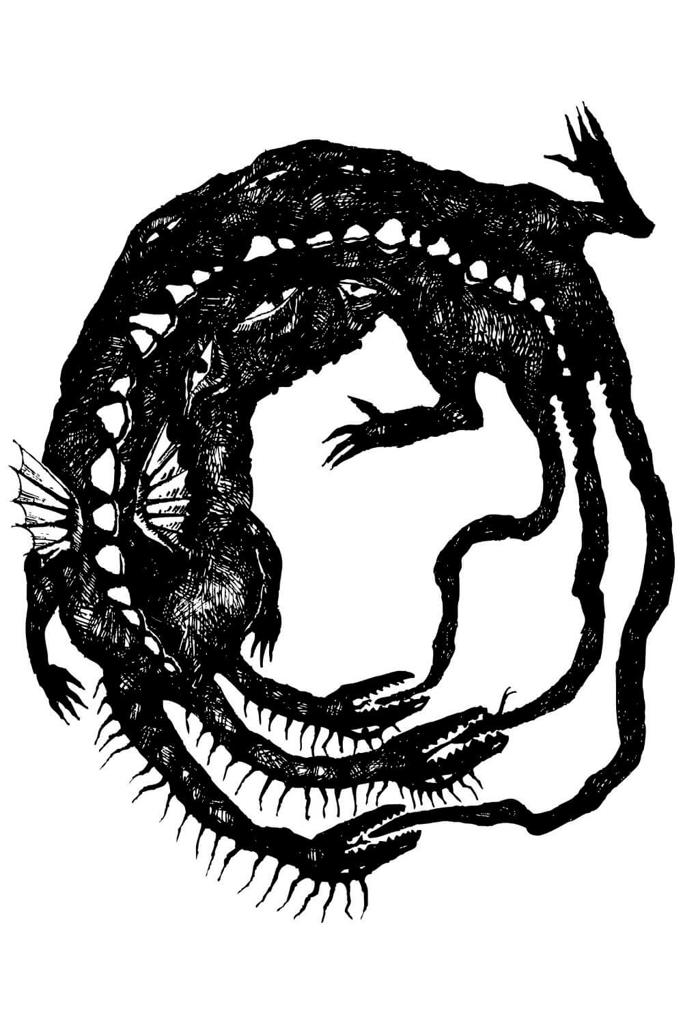
Fun and fascinating Irish mythical creatures
Leprechaun
One of the most iconic symbols of Ireland is the Leprechaun. Ask anyone what comes to mind when they think of Ireland and many will answer with the leprechaun.
These supernatural creatures in Irish folklore are often classed as solitary fairies. Typically depicted as a small, bearded man wearing a coat and hat, they are said to be mischievous creatures who are usually shoemakers. Leprechauns are said to be obsessed with gold, earning lots for the shoes and brogues they create and hide their crock of gold at the end of a rainbow.
As far as Irish folklore creatures go, these are not the scariest and are probably one of the more fascinating and cheeky ones. While they are traditionally depicted as wearing green, earlier versions had them in red. They are mischievous, playing tricks but are also some of the most loveable Irish folklore characters.
If you enjoy movies and want to see one about leprechauns, watch Darby O’Gill and the Little People.
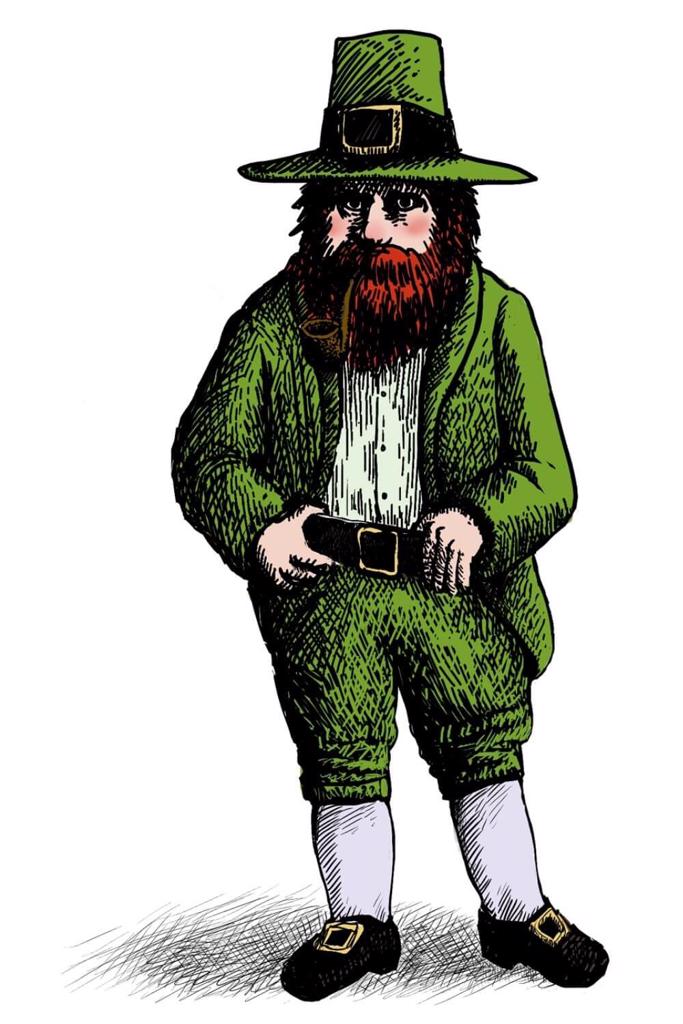
Muckie
In Irish folklore, it is said that a mysterious creature inhabits the Lakes of Killarney called the Muckie.
In 2003 scientists conducted sonar scans of the lakes and found a large solid mass in the water, fuelling speculation that Ireland had its own version of the Lough Ness Monster.
The name comes from one of the three lakes, Muckross, and ‘sightings’ have been suggested as being a pair of seals.
Fear Gorta
A Fear Gorta is said to be an abandoned corpse with greyish green skin, deathly thin, long dirty nails, and often with rotten flesh or flesh missing, particularly on the cheekbones. It is usually clothed but in rags.
The Fear Gorta is also known as the man of hunger or famine and walks the earth at times of famine, seeking alms from passers-by. Those who pay alms are blessed by him, but those who do not are cursed until the end of their days with eternal hunger, poverty, and bad luck.
During the Great Famine of the 1840s, the tale of the Fear Gorta emerged where it was said he rose from a patch of hungry grass.
Aibell
In Irish mythology, Aibell was a guardian spirit of the Dál gCais, a powerful Gaelic tribe during the 10th century. She ruled a sídhe (mythological mound) in north Munster and had her dwelling at Craig Liath, a grey rock overlooking the Shannon near Killaloe in County Clare.
She had a harp, of which it was said that anyone who hears its music did not live long afterward.
Aibell, also called Aoibheall, has featured in poetry and stories including one by Lady Gregory and in a song by Seán Ó Seanacháin.
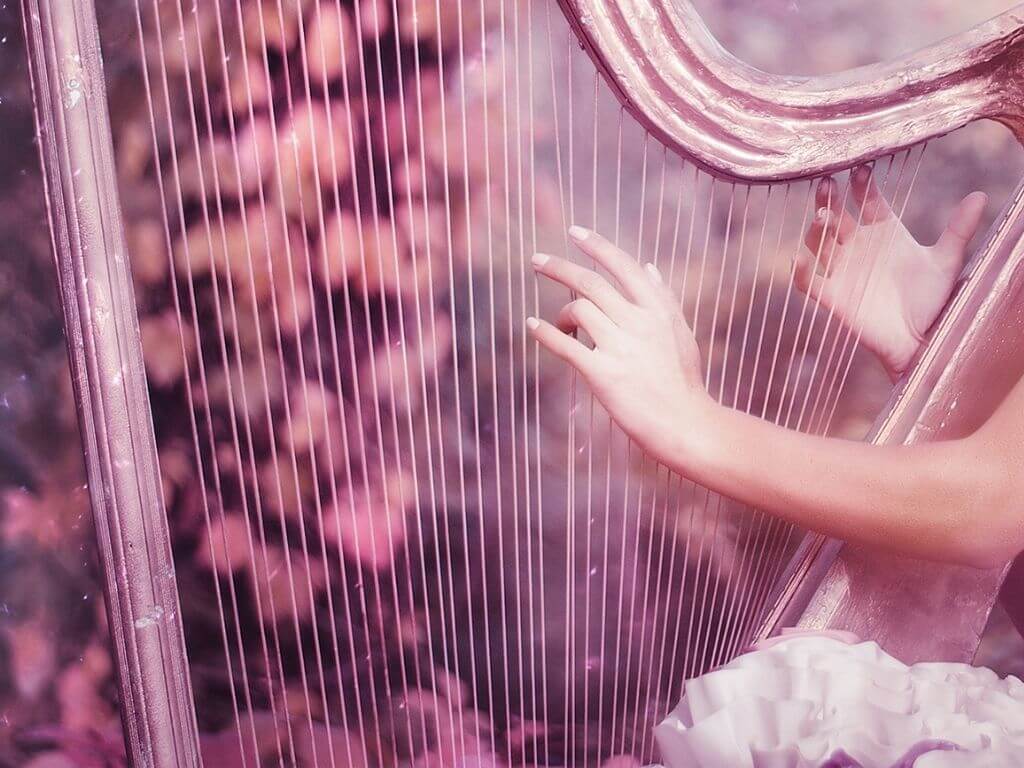
Bodach
The Bodach, in Irish folklore, is a trickster or bogeyman. Although he is said to have an appearance of a bogeyman, he is harmless. The name means old man or poor farmer.
Gaelic tales say he comes down the chimney to kidnap naughty children, a tale told to keep children in check. Other tales suggest he was the father of the banshees as his appearance can foretell death and disaster. And if your children hear of him, spread salty on your hearth or threshold as it is said he will not cross it.
Púca
The Púca are creatures of Irish folklore, and the word comes from the Irish for spirit/ghost. These Irish mythological creatures are shape-shifting fairies and can take the appearance of a horse, goat, cat, dog, or hare. They can also take on a human form, albeit with some animals features such as ears or a tail.
They are described as having white or dark fur/hair and are harbingers of both good and bad fortune and can help or hinder rural and marine communities. They do have a fondness for trickery, and often entice humans to ride on their back whereupon they give them a wild and terrifying journey before dropping them off where they picked them up. In Irish folklore, it is said a rider can tame a púca if they wear sharp spurs to either prevent themselves from being taken or to steer the creature if already on its back. It has been said that the only man to ride a púca was Brian Boru, the last High King of Ireland.
The púca is often associated with Samhain, the harvest festival when the crops are brought in. Anything remaining in the fields is deemed to be for the púca and inedible for humans. Some farmers would leave a portion of the crop out for the púca to placate it.
The púca has other tales associated with it and references are wide across stories, poetry, music, and more. You may also see it referred to as a pooka, or phouka.
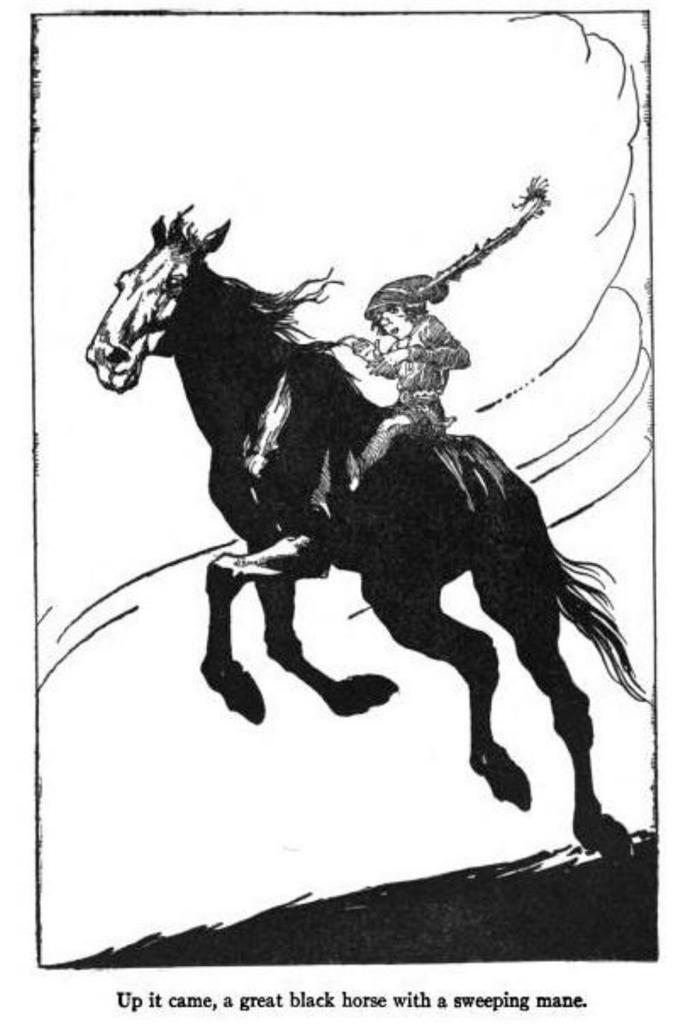
Glas Gaibhnenn
This Irish folklore creature is a prized cow that yields bountiful quantities of milk. Owned by either a smith called Gaivnin, or a hero called Cian mac Cáinte, the cow is stolen by Balor the strong-smiter. The hero must fulfill a quest to regain the cow that involves being transported by a banshee to a tower where Balor’s daughter is, waiting to produce an heir that is destined to kill Balor. Of all the mythical creatures in Ireland, this is one of the least tales to tell children.
The cow is often depicted as being green or paled-skinned with green spots. Lady Gregory also recounted the tale of the Glas Gaibhnenn with the tower being made from glass. There are also other versions of the story but the one already mentioned is the most popular one told.
Irish mythical sea creatures
Merrow
When it comes to mythological creatures, Ireland has a few that are not scary like some already mentioned. One of these is a Merrow. The merrow is a mermaid or merman in Irish folklore. Coming from the Irish word murúch, they are said to require a magical cap in order to travel between water and dry land.
The word appears in two tales, one where a Kerry man deprives a green-haired merrow of her red magical cap in order to marry her, while the other speaks of a green-bodied grotesque male merrow who entertains fishermen at his home under the sea.
The merrow are also considered sea fairies and often are depicted as women from the waist up, and a fish from the waist down. The male merrow was far less beautiful than the females. They were mostly kind but could turn on those who were unkind or those who frightened them.
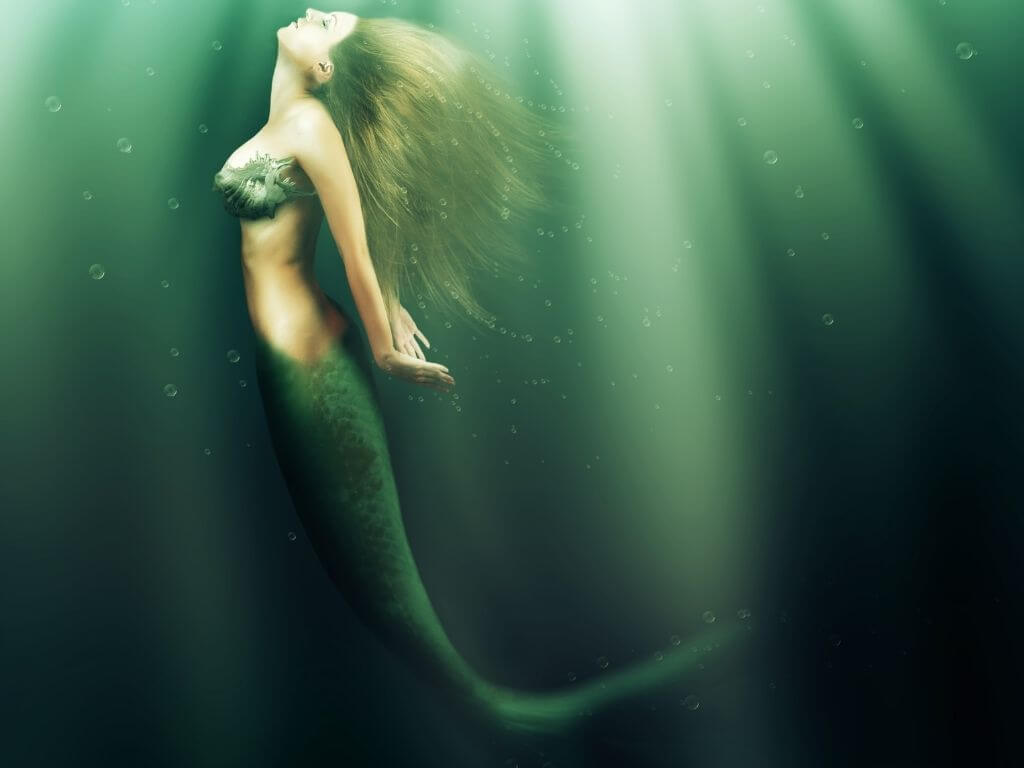
Selkie
Another of the sea-based Ireland mythical creatures is the Selkie. Said to be half-human, half seal, they are known as the seal folk and are part of ancient Gaelic folklore, and tales of these creatures can be found in all Gaelic countries including Ireland, Scotland, and even as far as Iceland.
The selkies have the ability to change from seals to humans by shedding their skin. Often, human men would hide the skins of selkies to coerce the female selkies into marriage. In Irish folklore, the tale of the Kerry man who married a sea creature is told by some as being a selkie rather than a merrow (see above). Another tale tells of how the Conneely clan of Connemara were descended from seals and so it was forbidden for them to kill the animals if they wanted to avoid bad luck.
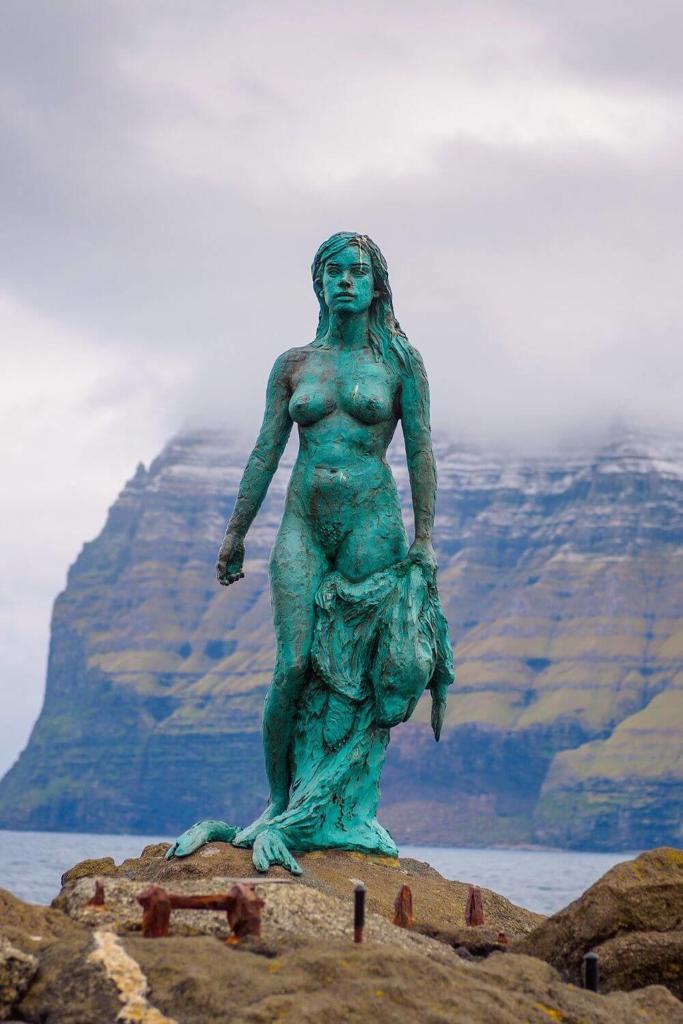
As mentioned, this is by no means an exhaustive list. In Ireland, folklore creatures and mythological characters are commonplace in stories and poetry. They can be both good and bad, mischievous and kind, ugly and beautiful, and generally are of a fairy race. Some are scary, filling young children’s dreams with nightmares, but others are harmful.
Which additional ones would you add to my list?
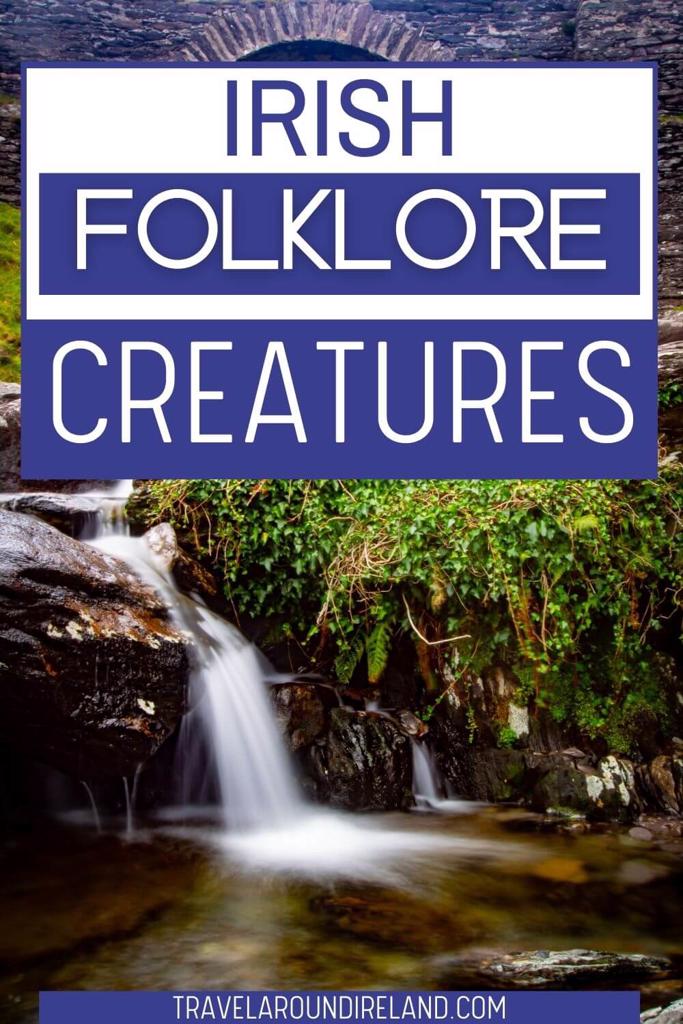
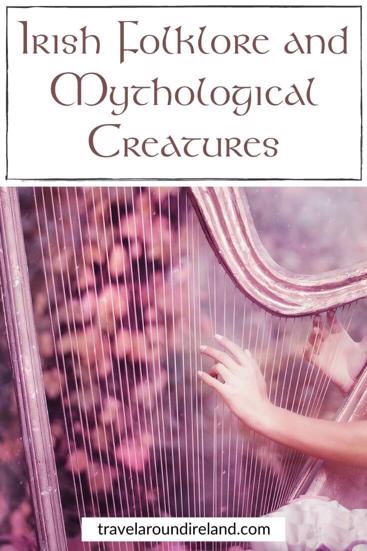
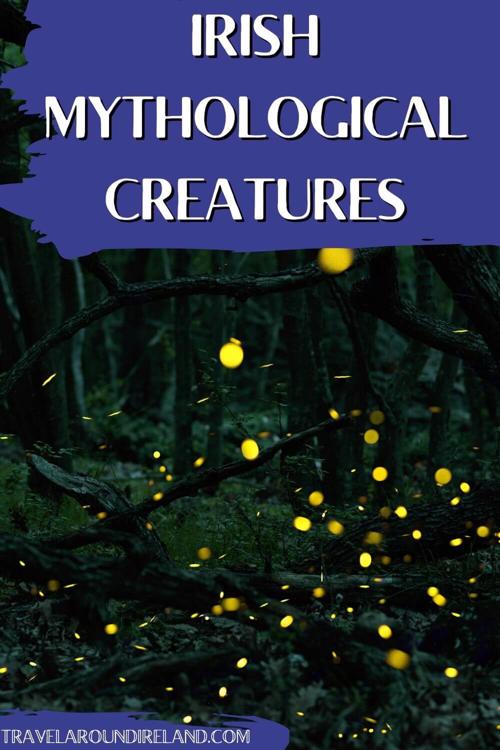
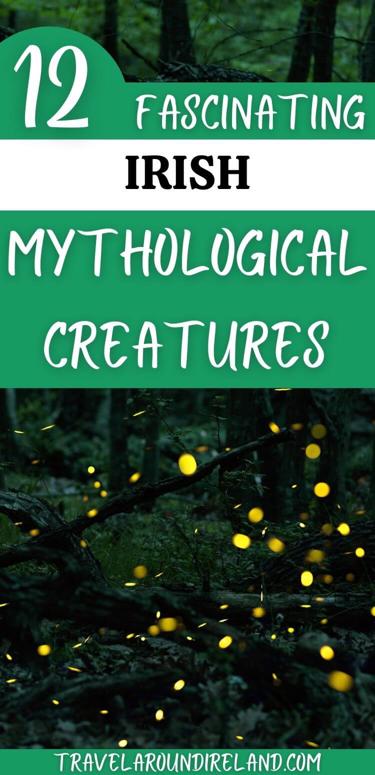
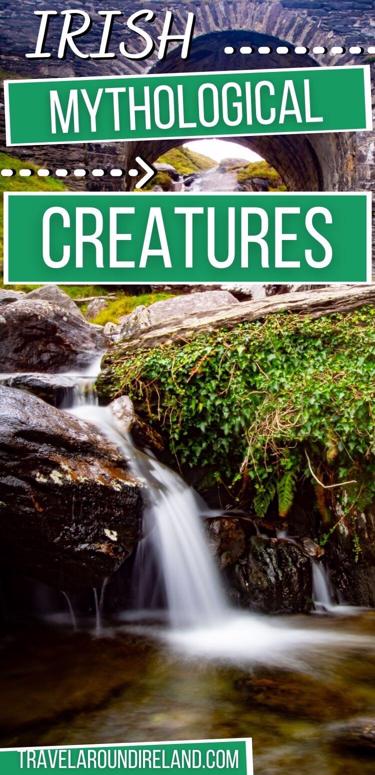

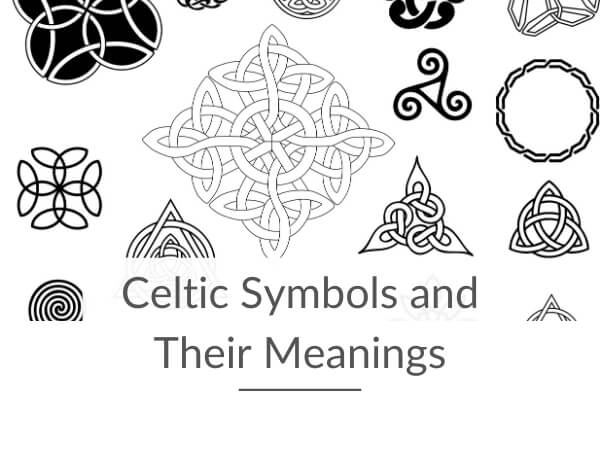
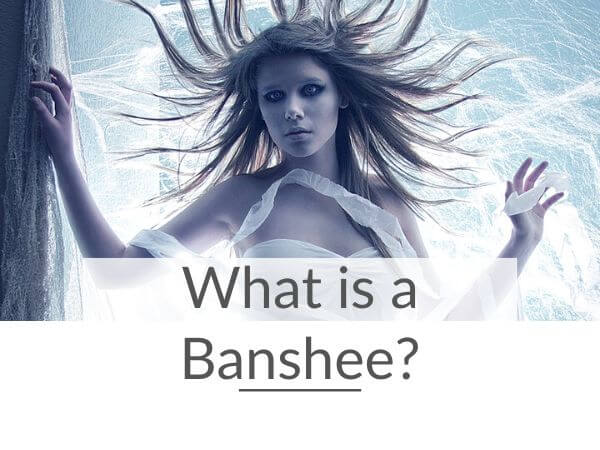

There
There is a legend which caused Irish mothers to dress their sons as girls in early childhood so they wouldn’t be kidnapped. I suspect that when Christianity arrived, pagans hid in forested areas and might well have kidnapped children to continue their lifestyle. Is there any documentation re those kidnappings? Do you have the original legends?
Hi Carolyn, I hadn’t come across that legend before so I’m afraid not.
When was this posted? I’m doing a research paper.
August 2021
Hi can you add the dobhar chu to your list of irish sea monsters? It’s like a gigantic homicidal maneating otter thing and first stories date back to the eighteenth century